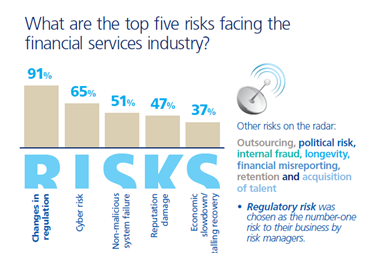
A member of the core eurozone countries, the Netherlands is currently positioned in between Belgium and Luxembourg in the macroeconomic riskiness sphere. Although fiscal risks, for example, are indisputably higher than for Luxembourg, they remain relatively contained, especially when compared to southern eurozone members. Government debt is lower than the Western European average, but remains relatively high in a global comparison. On the positive side, the current account is in surplus, which indicates that the Netherlands would be disproportionately affected by prolonged and deepening recessions of key trade partners, predominantly other eurozone countries.

In terms of economic disparity, the Benelux countries are relatively homogeneous. Among risk exposures, the demographic challenge posed by an ageing population that is in evidence across most parts of the developed world is paramount. All three Benelux countries are strongly affected by demographic shifts, making it increasingly difficult for governments and corporates to fund and fulfil their pension liabilities and social security obligations at current levels.
NOTE The risk bars indicate the world distribution of the particular risk, from the lowest scoring country to the highest. The lower the score, the lower the risk or exposure to the particular indicator (i.e. a lower score is always positive).
All data is sourced from Zurich Risk Room


















No comments yet